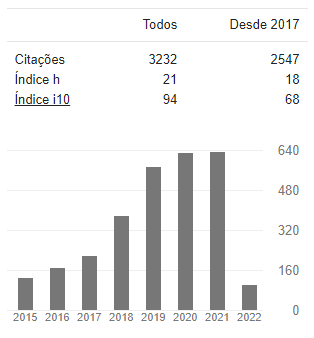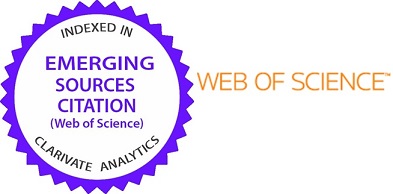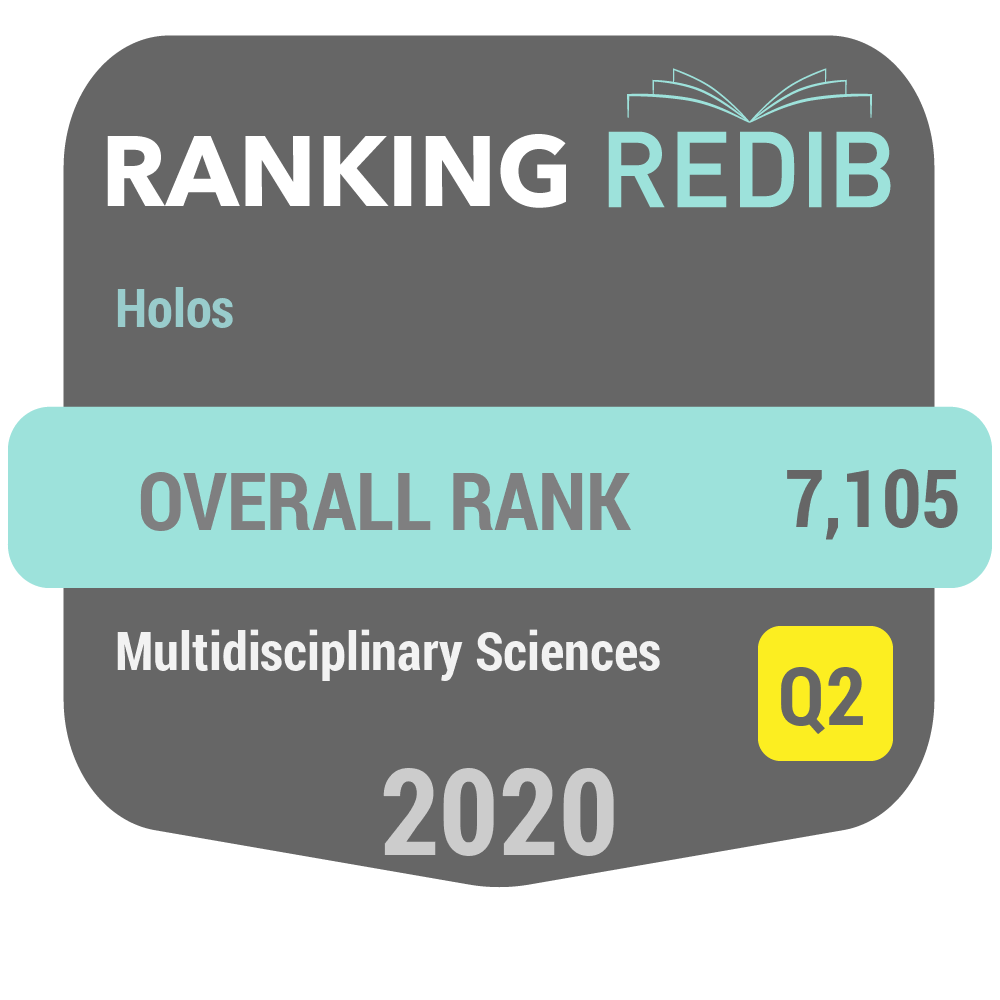THE FORMATION OF BRAZILIAN MINERALS DATABASE FOR INTEGRATED SEM-EDS SYSTEM APPLIED TO THE GOLD ORE CHARACTERIZATION
DOI:
https://doi.org/10.15628/holos.2018.6938Palavras-chave:
mineralogical characterization, Integrated Mineral Analyzer, SEM, EDSResumo
The mineralogical characterization of the various Brazilian occurrence of minerals is presented as one of the key steps in the design of the minerals processing route and improving the overall efficiency of the process. Such information is essential in assessing the technical and economic viability of a mineral Project. Among the various mineralogical characterization techniques, automated analyzers are gaining great prominence because they provide qualitative and quantitative data in an automated manner, with great speed and accuracy. The system, available in NanoLab, laboratory of the Mining-Metallurgic Centre REDEMAT, specifically called TIMA-MIRA, is composed of a scan control program and analysis of mineral data (TIMA - Tescan Integrated Mineral Analyzer) and a scanning electron microscope with cannon field emission of electrons associated with two energy dispersive detector characteristic X-rays (MIRA - trade name). The system uses a mineral database in its operations, consisting in the association of images by back scattered electrons of the mineral grains, with their characteristic X-ray spectra and their comparison with the characteristic spectra of a database. The equipment has an interface that allows you to add minerals and other materials to their underlying database, which is critical to the accuracy of the results because the original equipment database, created, only with data of mineral samples from other countries, does not identify minerals of national origin, with its characteristic major and minor elements. These limitations of the database integrated mineral analyzer TIMA-MIRA motivated the construction of a new database through a selection methodology, preparation and analysis by diffraction rays and the TIMA-MIRA system, different context samples Brazilian geological. With the XR diffraction analysis, each mineral was determined to be analyzed in the integrated mineral analysis system. With this, we obtained the maximum and minimum values of the intensities of chemical elements peaks that make up the analyzed mineral, obtaining thus new identification rules for each selected species and adapted some existing rules, to meet the needs presented
Downloads
Referências
Dana J.D. Dana'S Manual Of Mineralogy For The Student Of Elementary Mineralogy, The Mining Engineer, The Geologist, The Prospector, The Collector, Etc...(2011), Nabu Press. 494 p.
Fandrich, R., Ying Gu, Y., Burrows, D., Moeller, D. (2007). Modern SEM-based mineral liberation analysis,International Journal of Mineral Processing,Volume 84, Issues 1–4, pp. 310-320, https://doi.org/10.1016/j.minpro.2006.07.018.
FEI COMPANY (2012): Product datasheets for MLA 650 and 650F instruments. FEI. 2015. Disponível em<http://www.fei.com/> Acesso em:27 de maio de 2015.
Gottlieb P., Wilkie G., Sutherland D., Ho Tun, E., 2000. Using quantitative electron microscopy for process mineralogy applications. J. Minerals & Materials Characterisation & Engineering 52, 24–27.
Heinrich K. F. J.,1966. X-ray optics and microanalysis. In 4th International Congress on ray Optics and Microanalysis (R. Castaing, P.Deschamps & J. Philibert, eds.), Hermann, Paris, p.1509.
Neumann, et al., 2004. The Evolution of the Upper Mantle beneath the Canary Islands: Information from Trace Elements and Sr isotope Ratios in Minerals in Mantle Xenoliths. Journal of Petrology.Vol.45 (12), pp.2573-261 Mineral Database,Webmineral. 2015. Disponível em <http://webmineral.com> Acesso 15 de outubro de 2015.
Petruk, W., 1989. The MP-SEM-IPS image analysis system: short course handbook. Image analysis in earth science. In: W. Petruk (Ed.) CANMET, Ottawa, Canada, 16, pp. 37–42.
Rocio, M.A.R., et al., 2012, "Terras-raras: situação atual e perspectivas." BNDE, Setorial, n. 35, p. 369-420.
Sutherland D. N., Gottlieb P. 1991. Application of automated quantitative mineralogy in mineral processing. Minerals Engineering, 4(7): 753-762.
Sylvester P. J., 2012. Chapter 1: Use of the mineral liberation analyzer (MLA) for mineralogical studies of sediments and sedimentary rocks. Mineralogical Association of Canada Short Course, 42, St. John’s NL, p. 1-16.
TIMA User’s Manual. Brno.









































